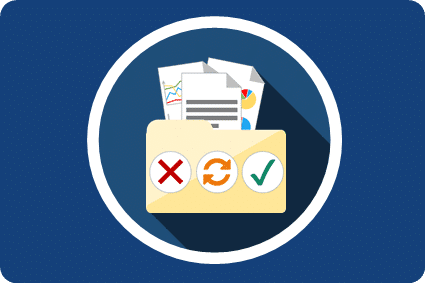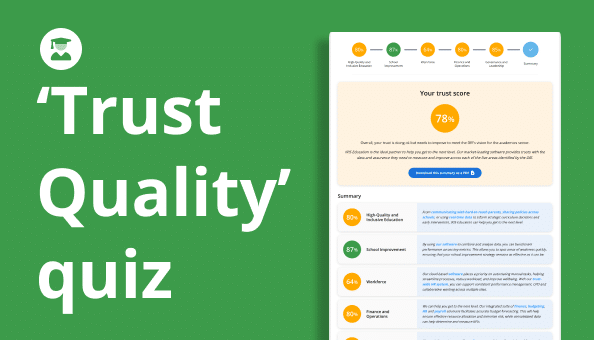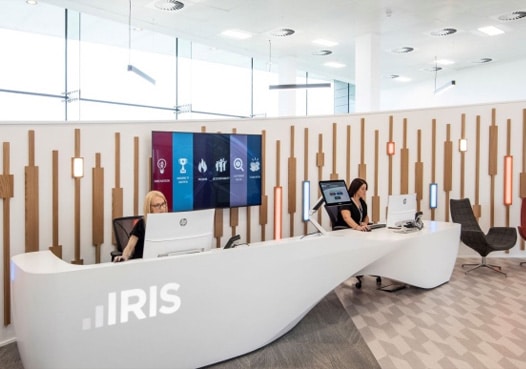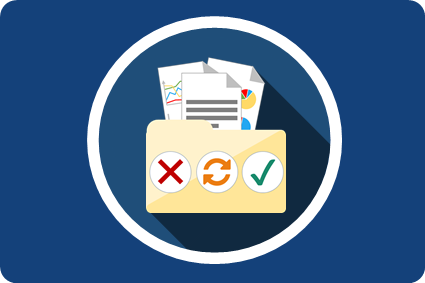BLOGS
How to Control the End of Your Lease


Like any process or method in business, the time will eventually come when a lessee has to think about what to do when their leases are coming to an end.
We’ve already looked at how to arrange a competitive new lease, as well as the importance of managing the lease throughout and now we turn to one of the other important decisions of leasing:
When it comes to leasing, the final stages can be just a critical as the initial arrangement. Depending on the terms of your lease agreement, there are numerous end of lease options to choose from and even potential money saving opportunities. However, bad management can lead to an expensive return charges or unwanted extensions to your primary lease term.
Here are some of the questions you should be asking to ensure a smooth, cost-effective end of lease process:
Do you know when your leases are due to end?
In view of the large volume of leased assets within a company at any one time it is necessary for a lessee to know which ones are coming to the end of their lease in order to control them properly. Only by doing this can the lessee have control of their end of lease options and avoid unnecessary costs.
What notice period are you required to give your lessor?
Failure to notify your lessor in time can lead to an extension of your current lease term at its primary rate - this can be a costly and time consuming process to undo. Remaining knowledgeable of their lease portfolio ensures a lessee is not caught out when the time comes to make a decision on their leases. This way the lessee retains the most choices at the end of the lease and avoids unnecessary costs.
Do you know where the equipment is?
Are some assets in storage? Has someone borrowed some leased shelving and forgotten to return it? Has a forklift truck been moved to a different warehouse? Is there a return or collection location specified in your lease schedule?
It may seem like an obvious question, but knowing where exactly a certain piece of equipment is located in a company with hundreds of assets will greatly ease the lessee’s timekeeping when you decide to change or renew their lease, ultimately giving you greater control over the end of the lease.
Does the business still require the assets?
Leasing assets that are no longer needed are an unnecessary burden for any lessee. Keeping themselves updated about their entire lease portfolio will therefore ensure that the lessee retains control. Stay in communication with your operations teams ahead of the notice date to uncover what assets can be returned and which ones need to be renewed.
Can the assets be utilised elsewhere in the business?
The last thing a business wants is to realise they have terminated the lease on an asset that could be used for a different part of their operations. By considering this, you can extend the lease instead of terminating it, thereby bringing greater optimisation to your operations and efficiency to your lease portfolio, as well as saving unnecessary termination or repurchasing costs.
What state are the assets in?
The condition of a lessee’s assets will understandably have an impact on their end-of-lease choices. Knowing this can help the lessee make choices that have the least cost impact. By knowing in advance whether assets are damaged or altered will help to avoid any costly surprises once you return the asset and aid in your negotiations.
Do you know and understand the return conditions in the lease agreement?
Did the laptops you leases come with laptop cases? Do the instruction pamphlets need to be returned as well? Does “good condition” mean the same to you as it does to your lessor?
Only by understanding these conditions will a lessee effectively, both time and cost wise, control the end of a lease. Failure to meet your return conditions can result in a very expensive, tedious negotiation process.
Are there any pre-agreed extension costs?
Again, knowledge of any pre-existing arrangements within the lease ensures the lessee can participate effectively in return or extension discussion and make the best decision both operationally and cost-wise.
Can you act as sales agent?
Knowing that the lessee can sell the asset on behalf of the lessor after the lease ends gives them piece of mind as they may be able to achieve a better price with some share of the upside or they may be able to avoid costly return charges.
The list goes on....
These then are the main factors that influence a lessee’s decision when looking to control their leases. There are innumerable factors which cause a lessee to more proactively control the end of their lease thereby ensuring both cost and operationally effective leasing for their business operations.
All of these aspects should be included in your lease schedule or master lease agreement. Unfortunately, even some of the world’s leading brands do not have a consolidated system of managing their lease documentation and agreement audit. To combat this, more businesses are turning towards lease portfolio management software.
Leasing software allows business to store, track and manage their important lease documentation in one place, making it easily accessible. With 24/7 global access on secure data servers, businesses can view any lease from anywhere in the world through the cloud.
End of lease can be make or break for some leases. Deals that seemed competitive and cost-effective can very quickly become an unnecessary and expensive hassle if not managed correctly. The solution however, is simple. With specialised lease management software, businesses can ensure their leases are dealt with in the most optimal and stress-free way.
To find out more on lease portfolio management software and the benefits available, click here for our guide. With new lease accounting changes soon to be finalised, now is the time for businesses to begin preparing by consolidating their leases in one, easy-to-manage system.
Share this Article?






.png)







